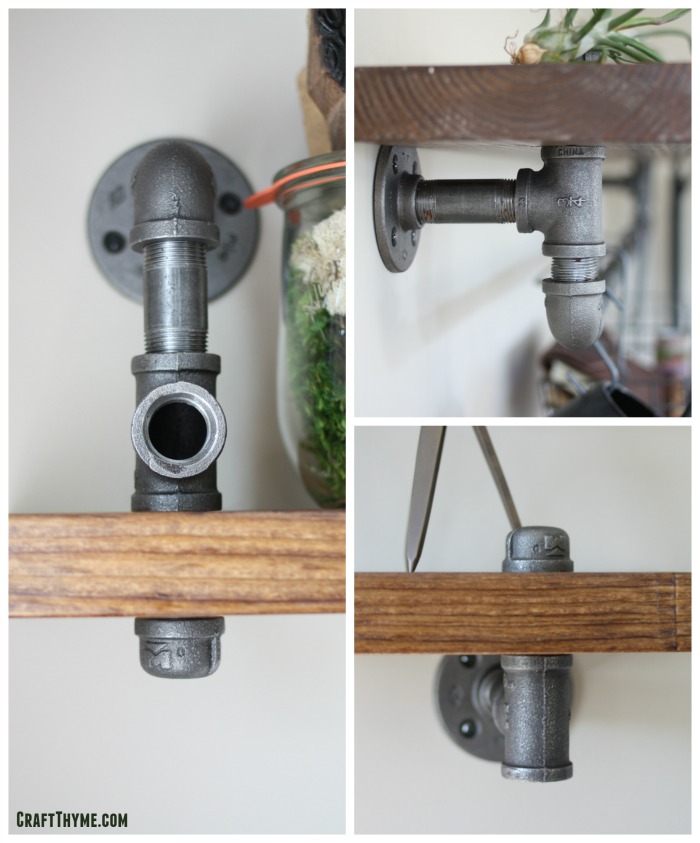
I have always loved a good solid red front door. I love the pop of color, my mother has a beautiful red door, and red front doors are even supposed to be good luck. BUT, what happens when you have green tinted trim? Well I can decidedly say that mauve is not the answer. Whomever decided that a mauve front door surrounded by green-grey trim and dusty dark blue was a good combo should probably be transported back to the 80’s where they belong.
So fine, the mauve had to go (I hated it from day one) but what color to replace the front door? I wanted it to pop but I didn’t want to be known as the Christmas house. So a red front door had to be out. So, what looks good with blue and green? An analogous color would blend and give the necessary contrast plus orange is my current favorite color. Adam picked up lots of dark/muted orange swatches on his way home from work. The rest of the house looks like the blue and green had been muted with grey. We wanted a pop of color not a freaking eye sore. So this is how we choose front door colors. Actually, this is how we choose all colors.:
- Whoever did NOT pick them out does an initial sort. We assume the first person only picked colors they thought might work for the color situation.
- Walk to the place we plan on painting.
- Hold up swatches and go: No, No, Maybe, No, Oooohhhh I like that one, No, Maybe etc. I particularly like where we toss the No’s around with abandon. This process should not take more than 3-5 minutes. Just a gut choice of possible or no.
- Repeat step 3 with the maybe’s.
- Hold up the final 2 or three, possibly tape them in place (only if it is a major tie), step back and make a decision.
- Pick up all of those no’s or ask one of the kids to take them to the trash.
I’m pretty sure we have never spent more than 15 min choosing a paint color, and so far, have never been unhappy. More time <> better color.
Orange Front Door Color Chosen!
Paint decided, drive to the closest hardware store and holy-mother-of-$20+ for a quart of the chosen color. Oh hell no, I have to paint one side of one door… We can’t use samples as they are only interior base and you really need the more elastic exterior paint for a front door; even a porch protected one like ours. We end up consulting with the paint counter specialists. They point us to a much cheaper brand. You may have to put on an extra coat but the end result is just as durable and color rich. They end up color matching our chosen swatch and away we go!
Time to Paint the Orange Door
The same person who chose the horrific mauve also hired the laziest painters in the world. Our house was new construction and for some unknown reason the painted the door, in place, with the hardware on. Drips, brush marks, and paint splattered hardware abound. The only way to truly fix all those issues was to sand it away. Frankly, I have a life so we opted to smooth out their mistakes by removing the door hardware, taking the door down, painting it on sawhorses, and using a smooth foam roller. That way I could get a smooth even coat with a thickness to hide some of the worst brush strokes. Oh and did I mention this is a wood door clad in metal. Yeah I have no idea what is going on with that either. What I do know is how a wood door is made, so, I painted all the sections as if they were assembled and had a wood grain.

First Coat
ROOKIE mistake. I have been painting a long time. What should you never do? Paint in the direct sun. Especially a god-forsaken door. Painting a door is already a race to try to get all the panels painted with vertical strokes and the top, middle, and bottom in horizontal center pieces. ALL with smooth brush strokes. I thought I could get away with it since it was on the cooler side. Nope. Big cup of nope. If this happens to you then do what I did and just rolled on a THIN patchy first coat let it dry in the .5 seconds it will take and move your painting location. I moved to the backyard in a nice shady spot to roll on a nice thick coat. Seriously, move to the shade. Joking aside, it allows for a nice wet edge. That is great when you want to make sure all the roll marks match on the panels.
Rolling Away
As the mauve paint disappeared and the orange darken I was certain we had made the right choice. A nice pop, toned to mesh well with the existing house colors. We liked it so much we even made ‘Orange Front Doors’ for the chicken coop. They have winter panels we have to make them warmer when it is cold.

Even if you can not do a red door think about a fun door. Orange, yellow, a deep emerald green; so many choices beyond a basic white front door. THOUGH, white is going to be a vast improvement over mauve. What colors do you have for your front door? I would love to hear in the comments or email me a picture!











































